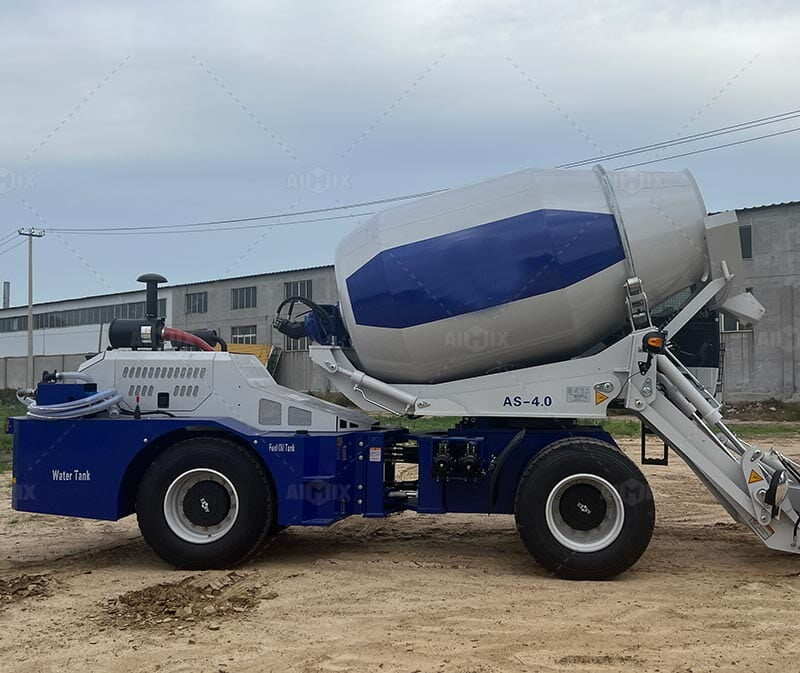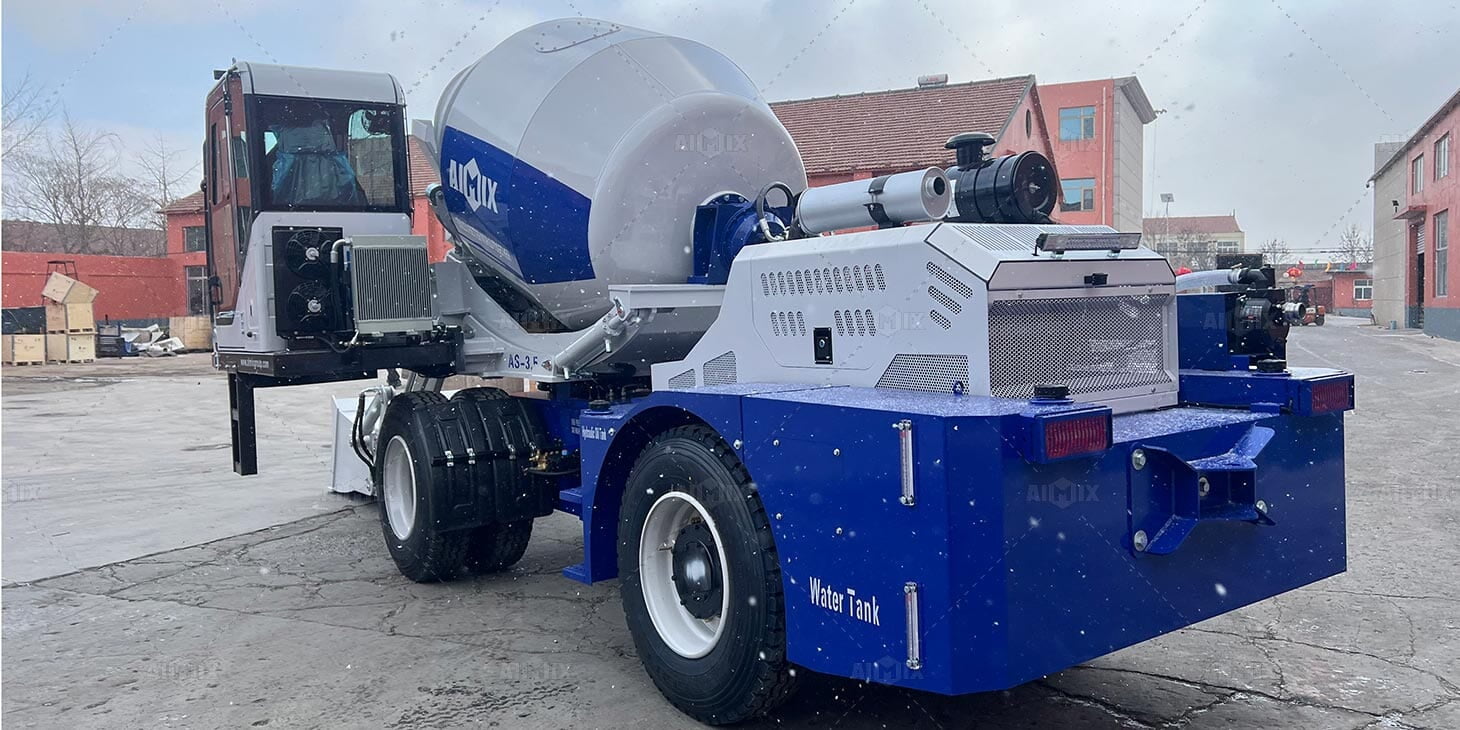The self-loading concrete mixer represents a significant advancement in the construction industry, merging efficiency with innovation. However, despite its impressive capabilities, this machinery encounters a range of obstacles during the loading and unloading processes. Understanding these challenges is crucial for optimizing its use and ensuring seamless operation on job sites.
Mechanical Limitations
The self-loading concrete mixer, while designed for versatility, is not impervious to mechanical constraints. One of the primary challenges arises from the weight of the self loading concrete mixer itself. Heavily laden with concrete, the mixer can become unwieldy, making it difficult to maneuver in tight spaces. This limitation is exacerbated in urban environments where narrow pathways and restricted access can hinder the loading process.

Moreover, hydraulic system failures can impede both loading and unloading. The hydraulic components are essential for lifting and tilting the drum, and any malfunction can lead to significant delays. Regular maintenance and vigilant monitoring of these systems are vital to mitigate the risk of breakdowns, ensuring that the mixer remains operational.
Environmental Factors
Environmental conditions significantly influence the efficiency of self-loading concrete mixers. Adverse weather, such as heavy rain or extreme heat, can affect both the quality of the concrete and the performance of the machinery. Wet conditions may lead to slippery surfaces, increasing the risk of accidents during loading and unloading. Additionally, excessive heat can cause concrete to set prematurely, complicating the unloading process and potentially leading to wastage.
Furthermore, terrain challenges also play a crucial role. Uneven or rocky surfaces can destabilize the mixer, making it difficult to achieve the necessary angle for proper loading. Such conditions may require additional equipment or manual labor to assist in the process, thus diminishing the efficiency that self-loading mixers are designed to provide.
Operational Challenges
Operational inefficiencies can arise from the complexity of managing a self-loading concrete mixer. One significant issue is the training and expertise required to operate the self loading concrete mixer machinery effectively. Operators must be well-versed in the intricacies of the mixer’s functions, as improper handling can lead to inefficient loading or even accidents. Comprehensive training programs are essential to equip operators with the necessary skills to navigate potential pitfalls.

Moreover, coordination with other site operations poses another challenge. The loading and unloading processes must be synchronized with other construction activities to prevent bottlenecks. If the self-loading mixer is not integrated smoothly into the workflow, it can lead to delays, increased labor costs, and frustration among the crew.
In conclusion, while the self-loading concrete mixer offers remarkable advantages in terms of efficiency and productivity, it is not without its obstacles. Mechanical limitations, environmental factors, and operational challenges each present unique hurdles that must be navigated carefully. By addressing these issues through regular maintenance, operator training, and strategic planning, construction teams can enhance the performance of this innovative machinery, maximizing its potential on job sites. Understanding these challenges is not merely an academic exercise; it is an imperative for those who wish to harness the full capabilities of self-loading concrete mixers in an ever-evolving industry. Find a best mixer here: https://aimixconcretesolution.com/concrete-mixers/dubai/.
